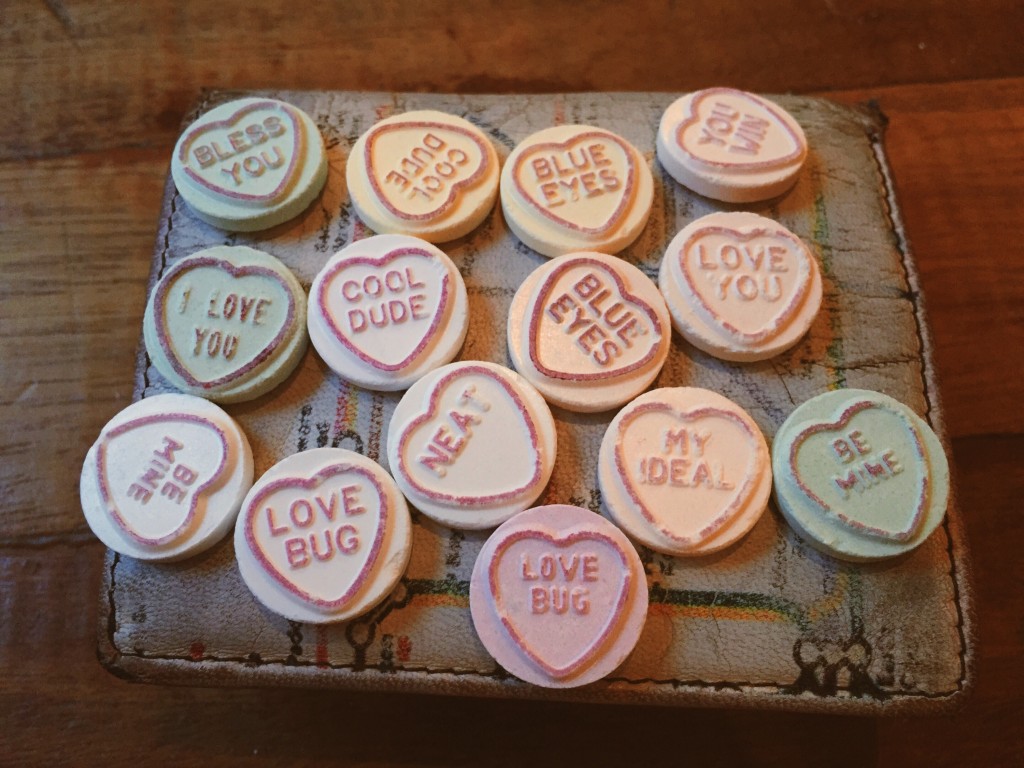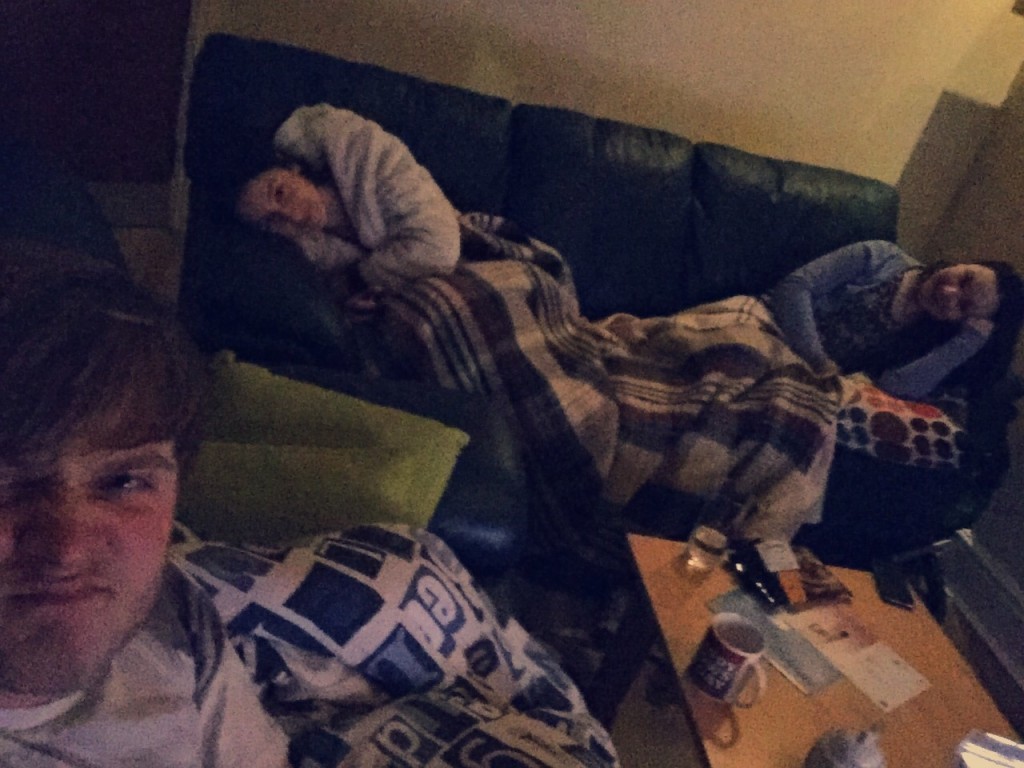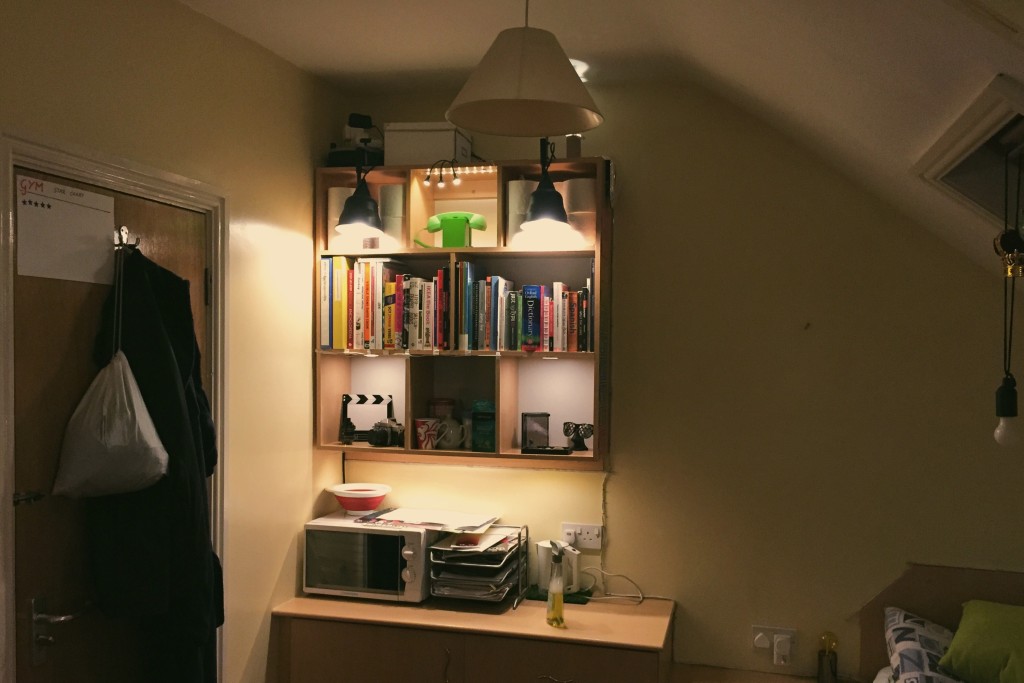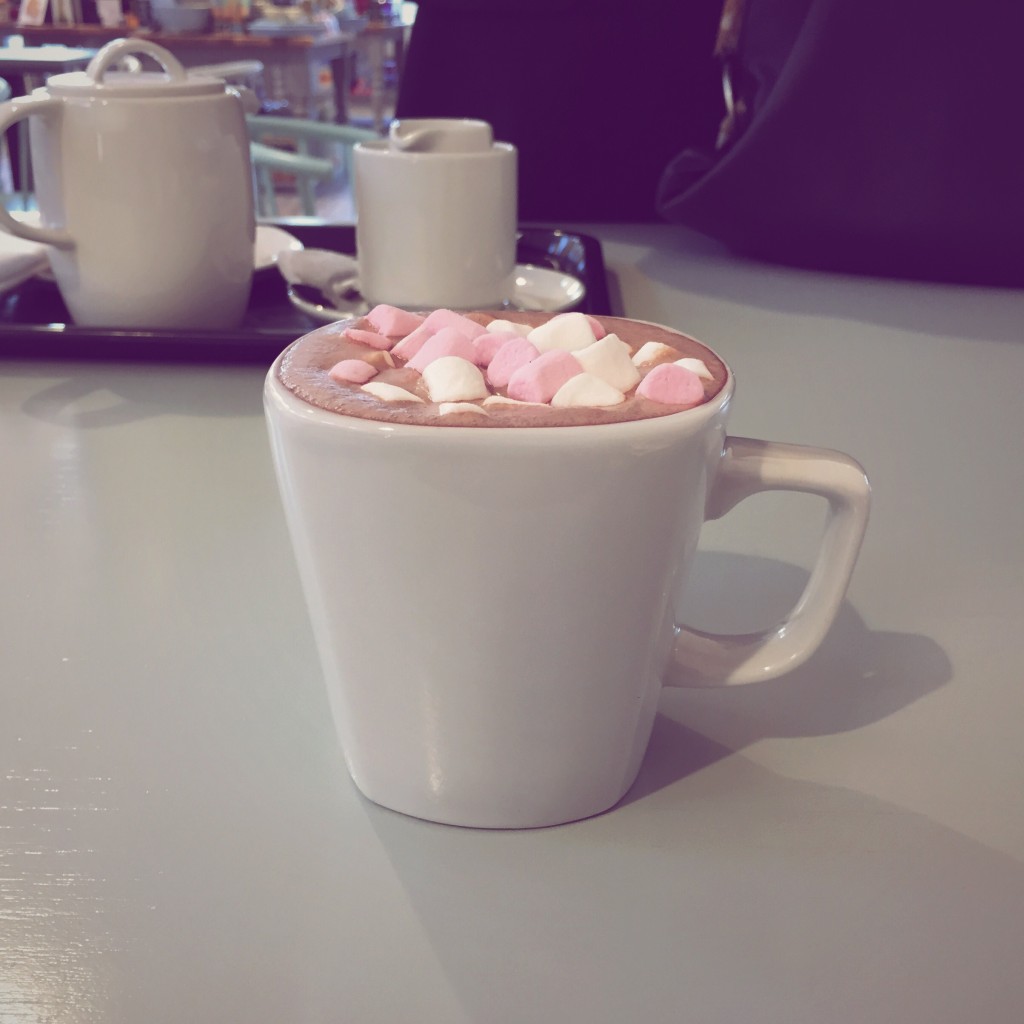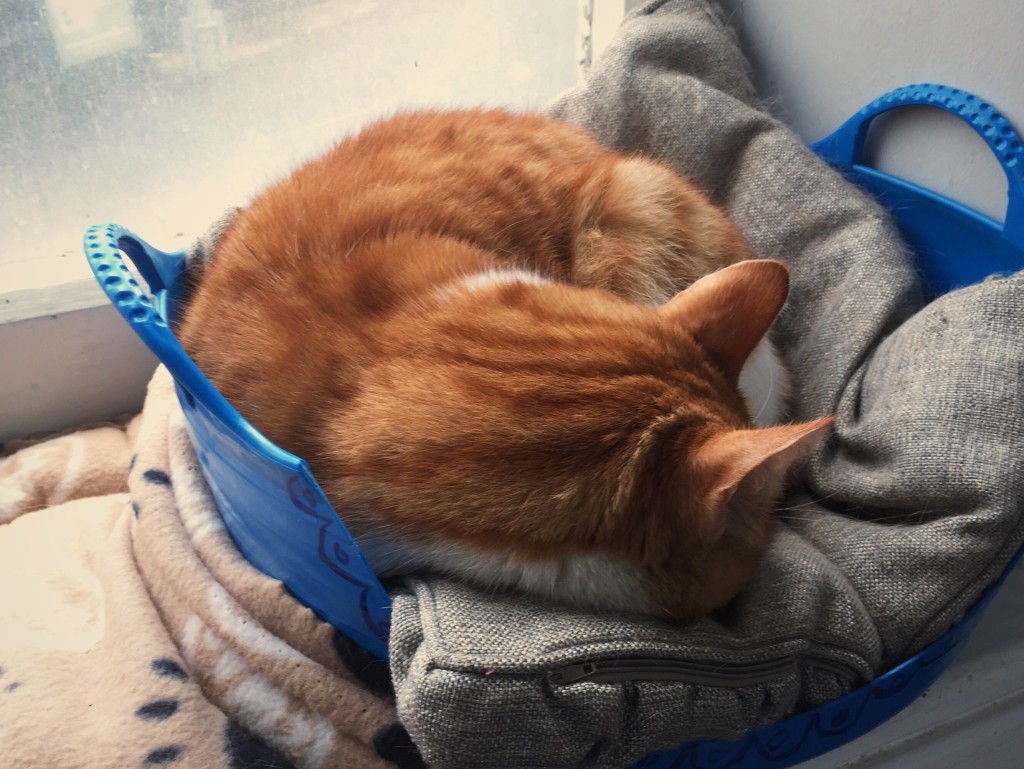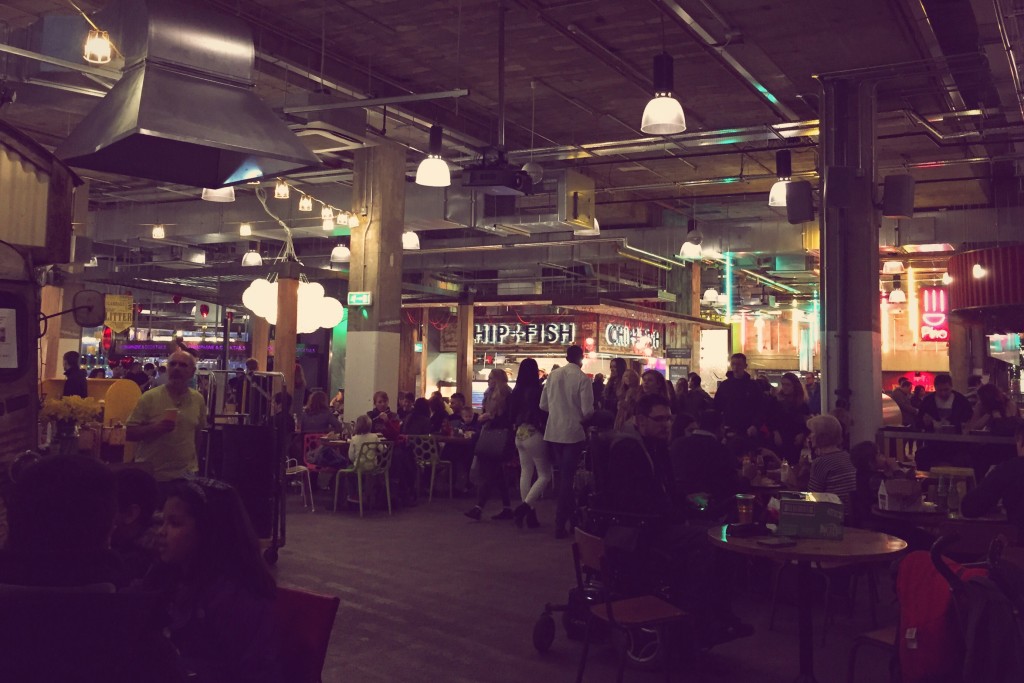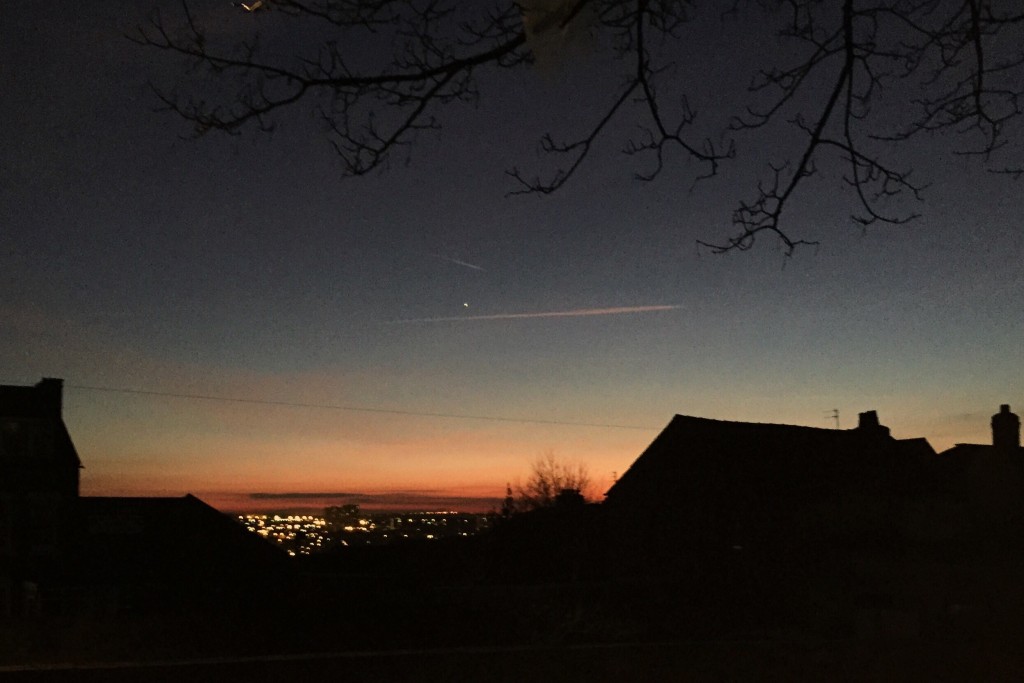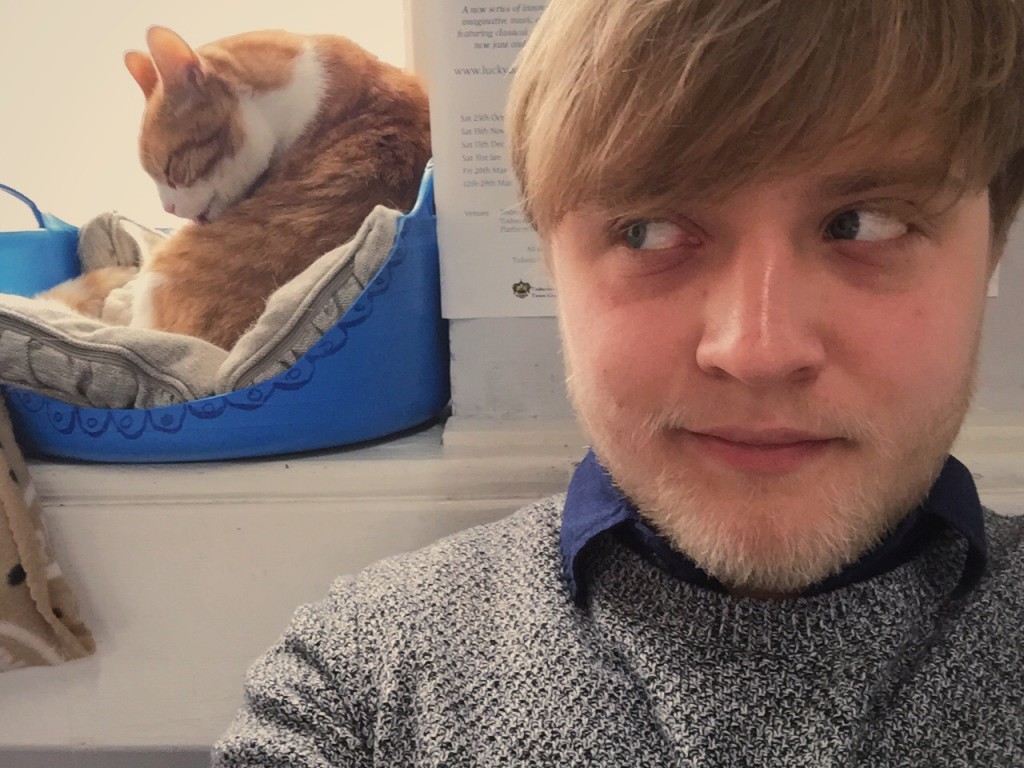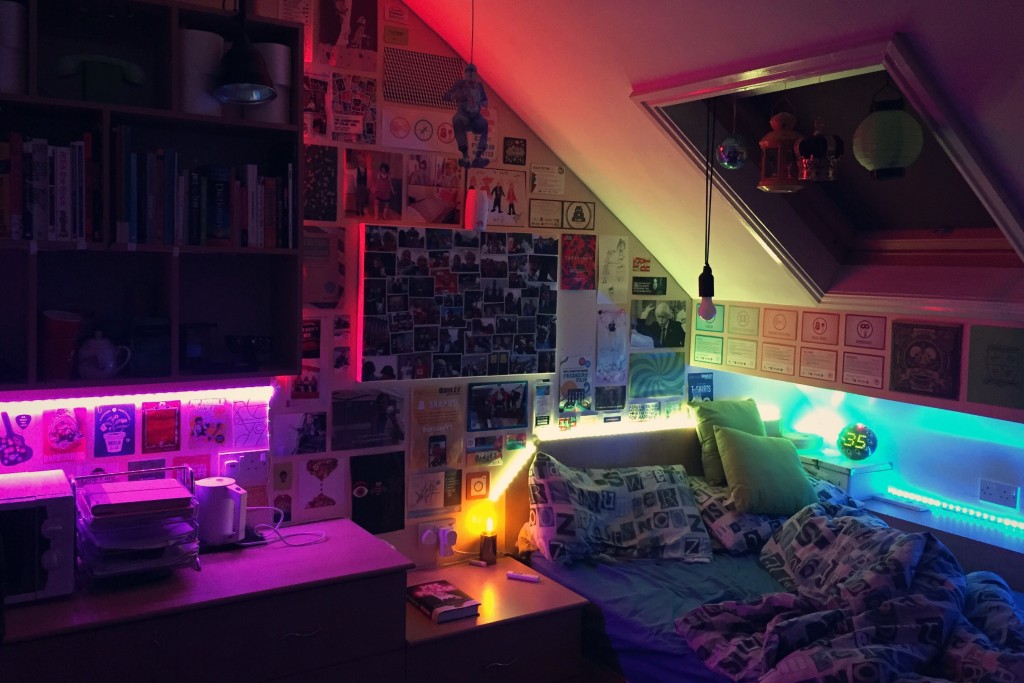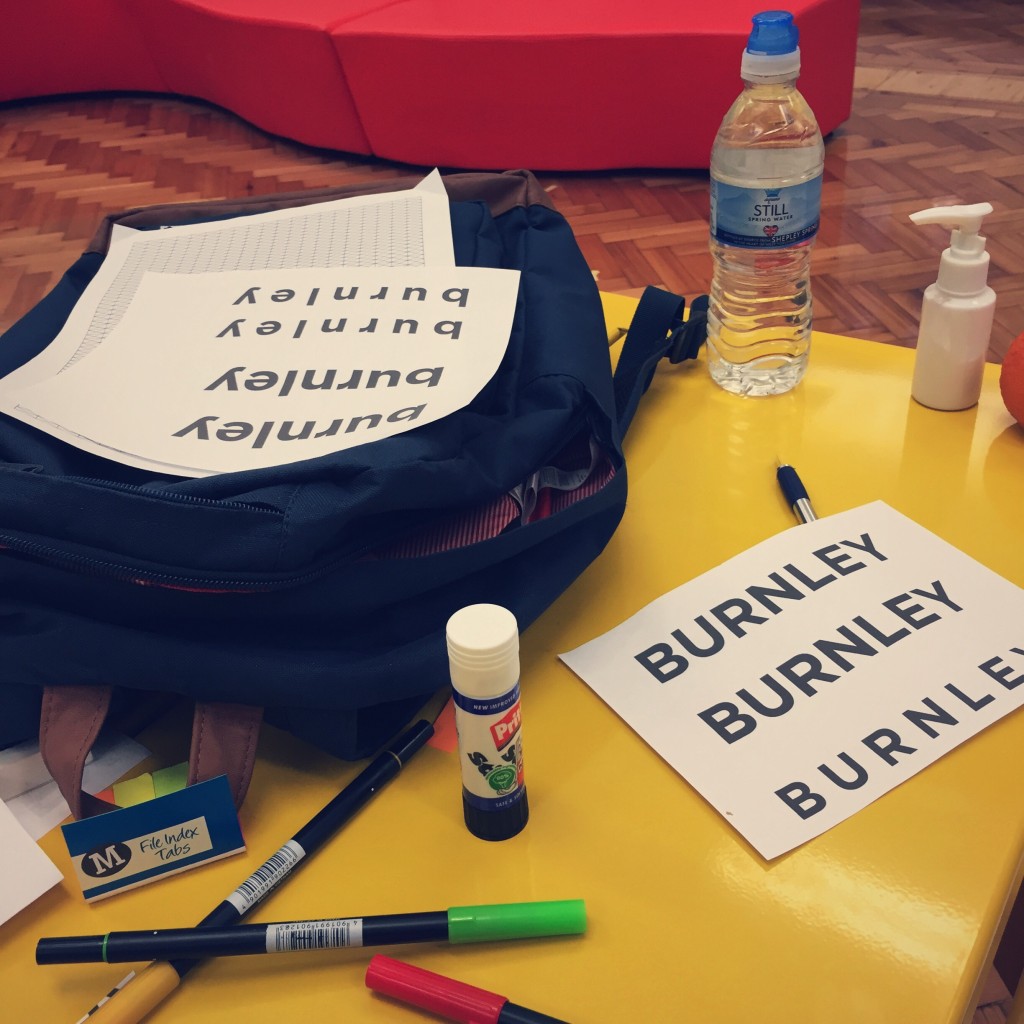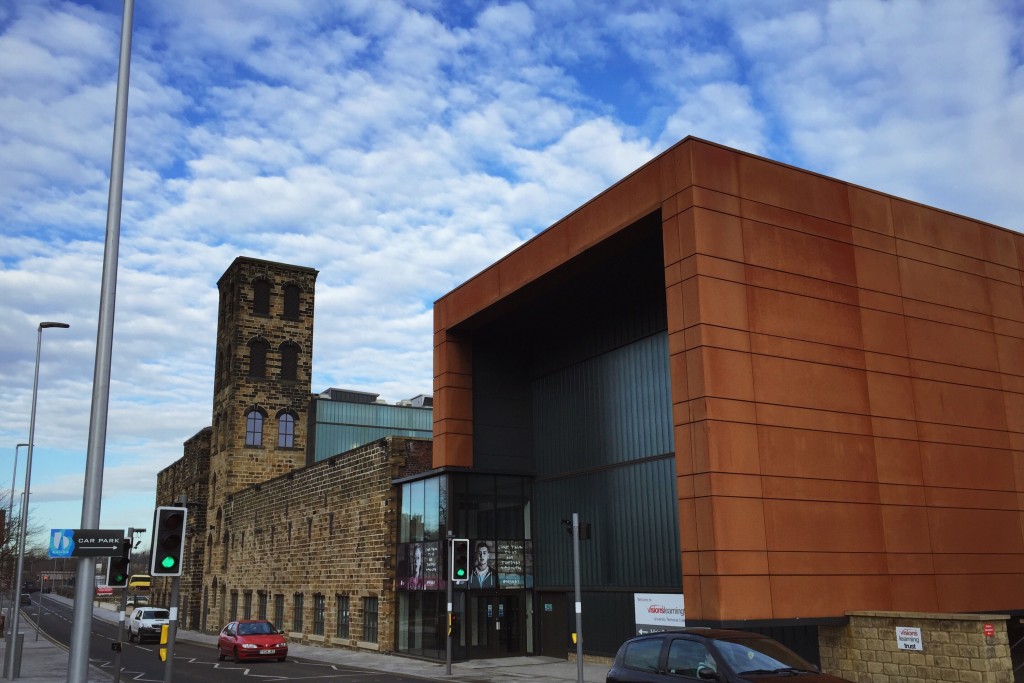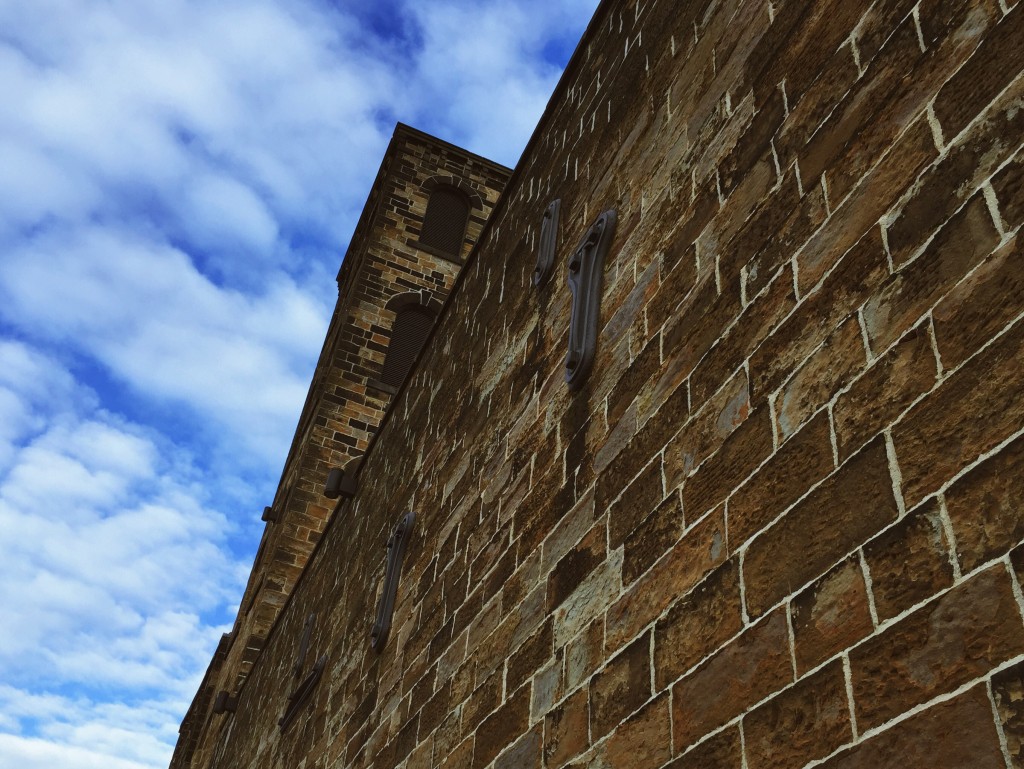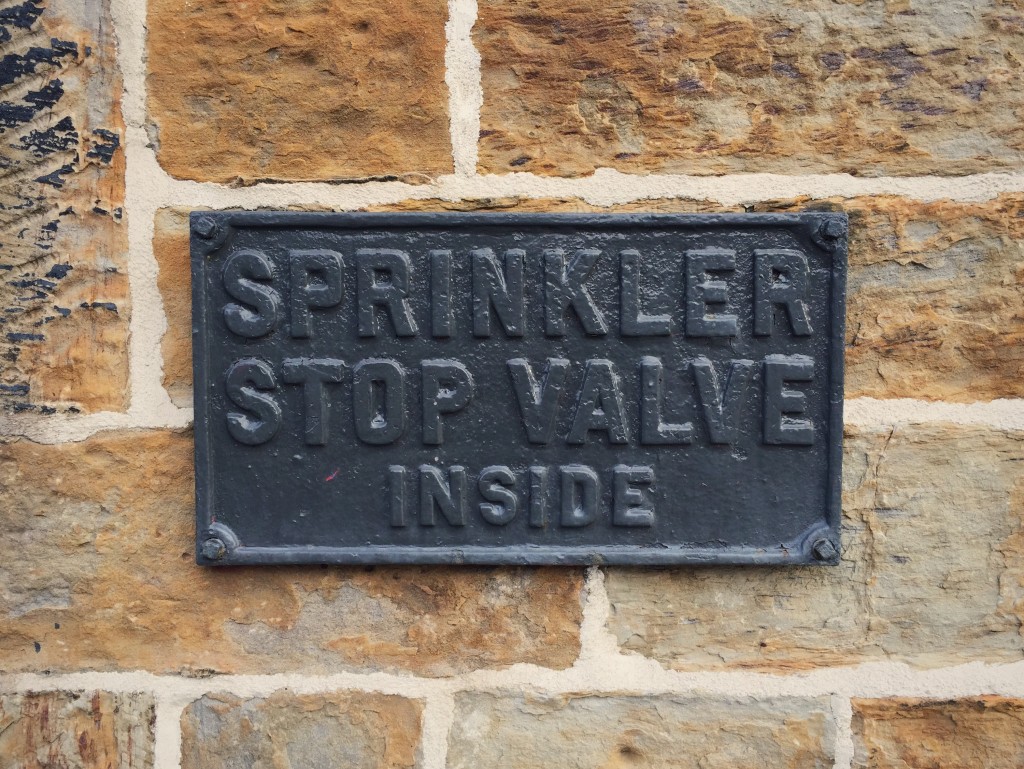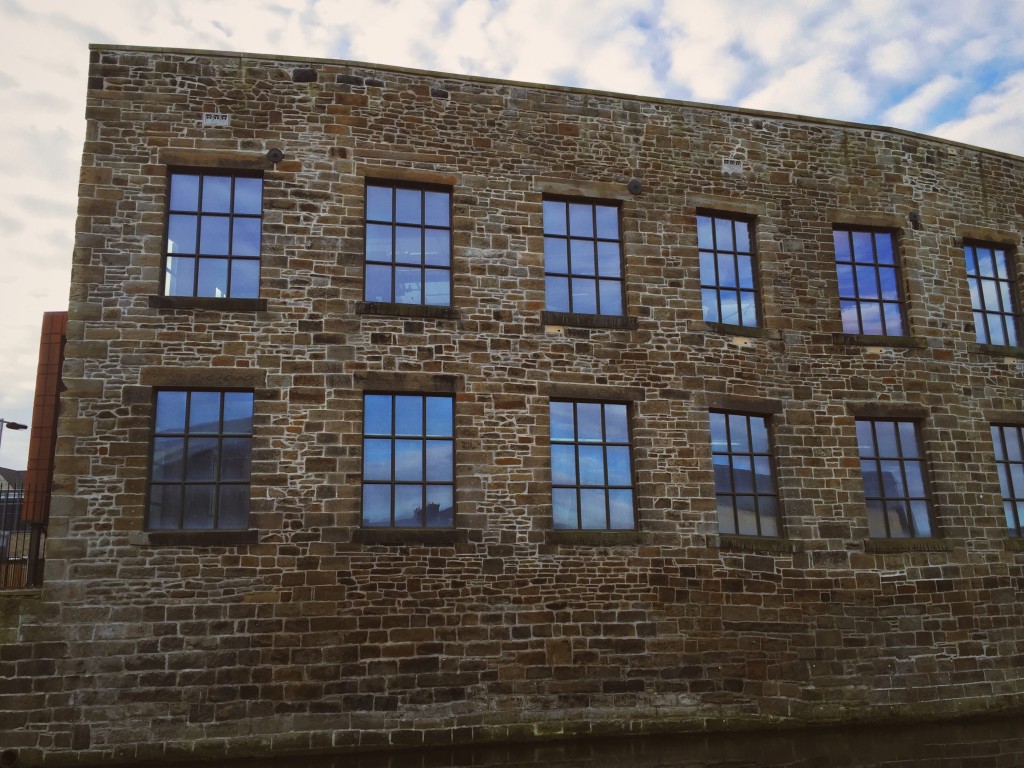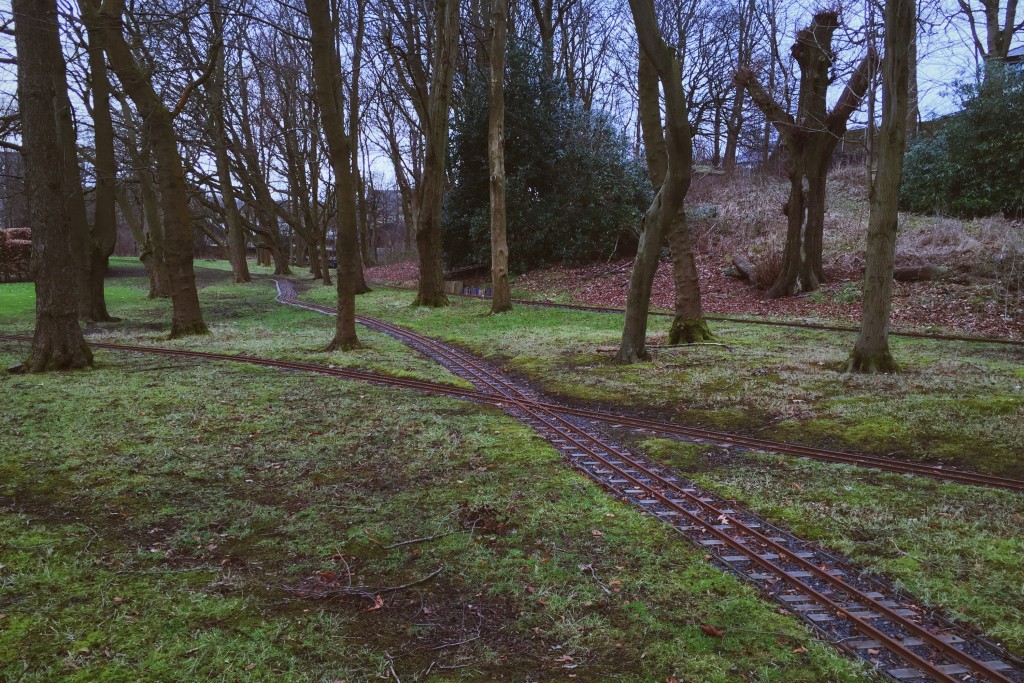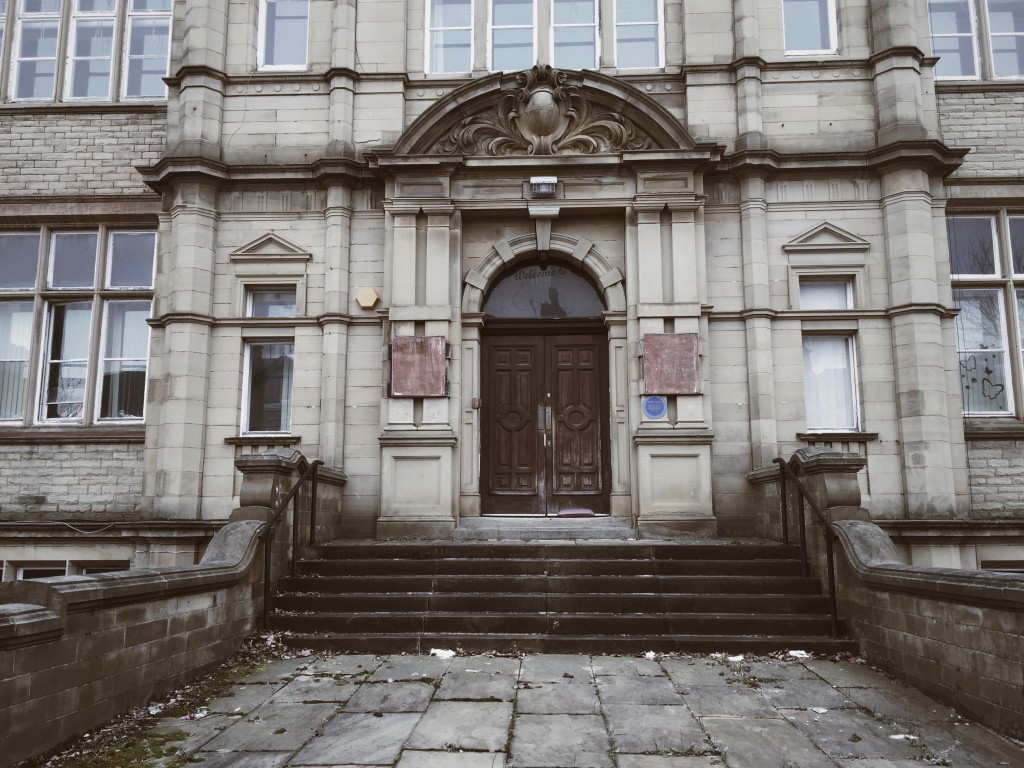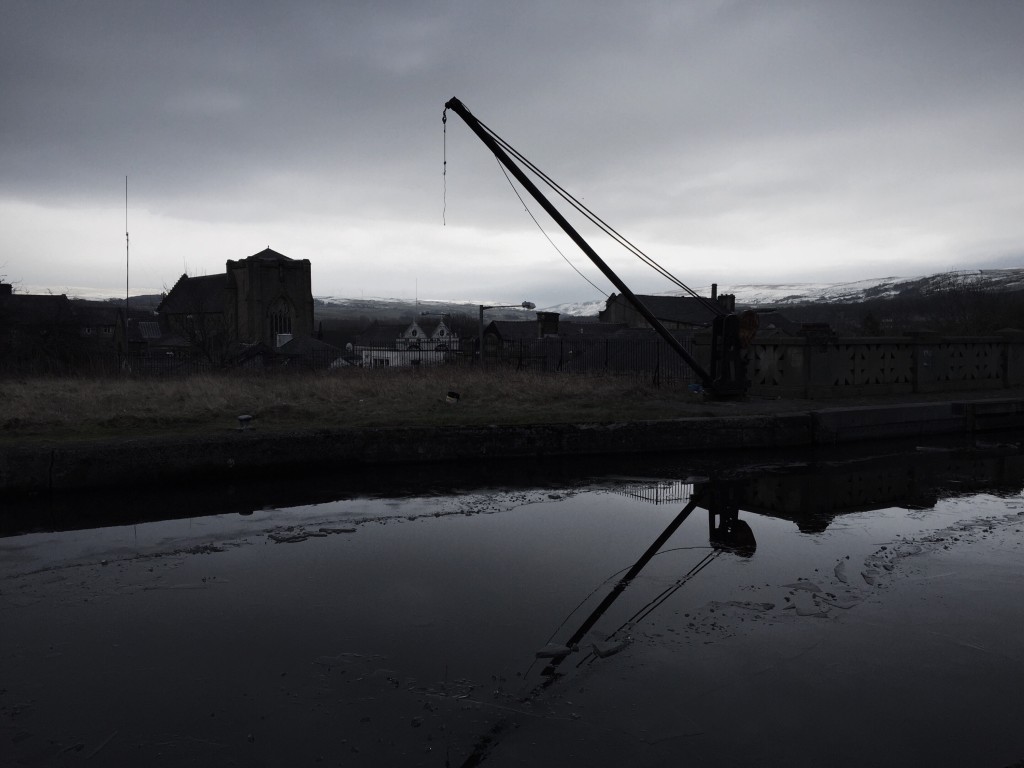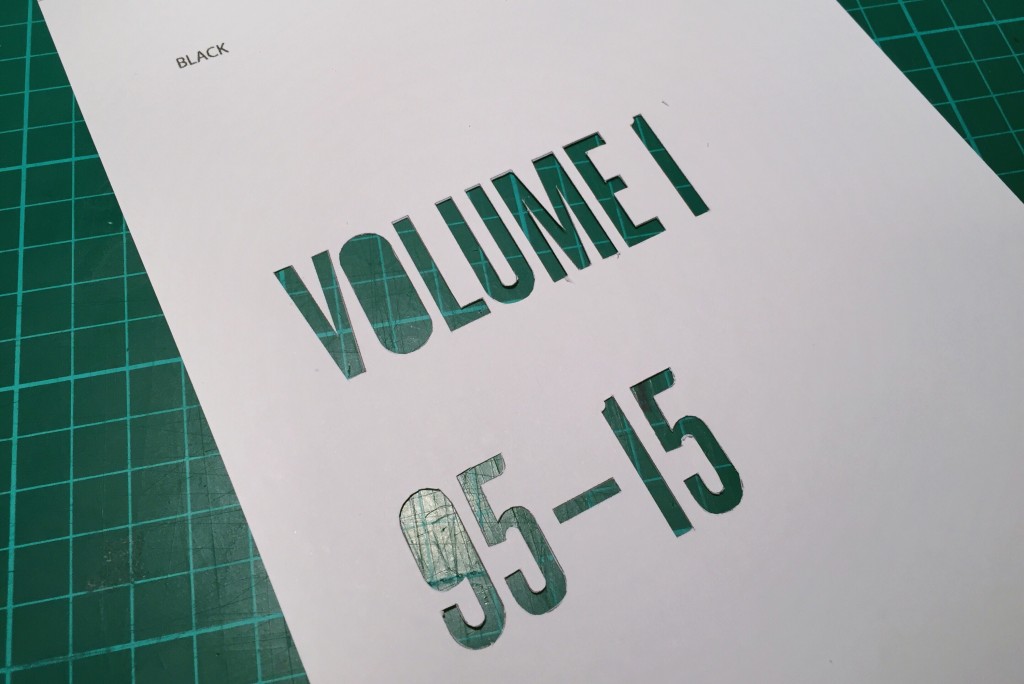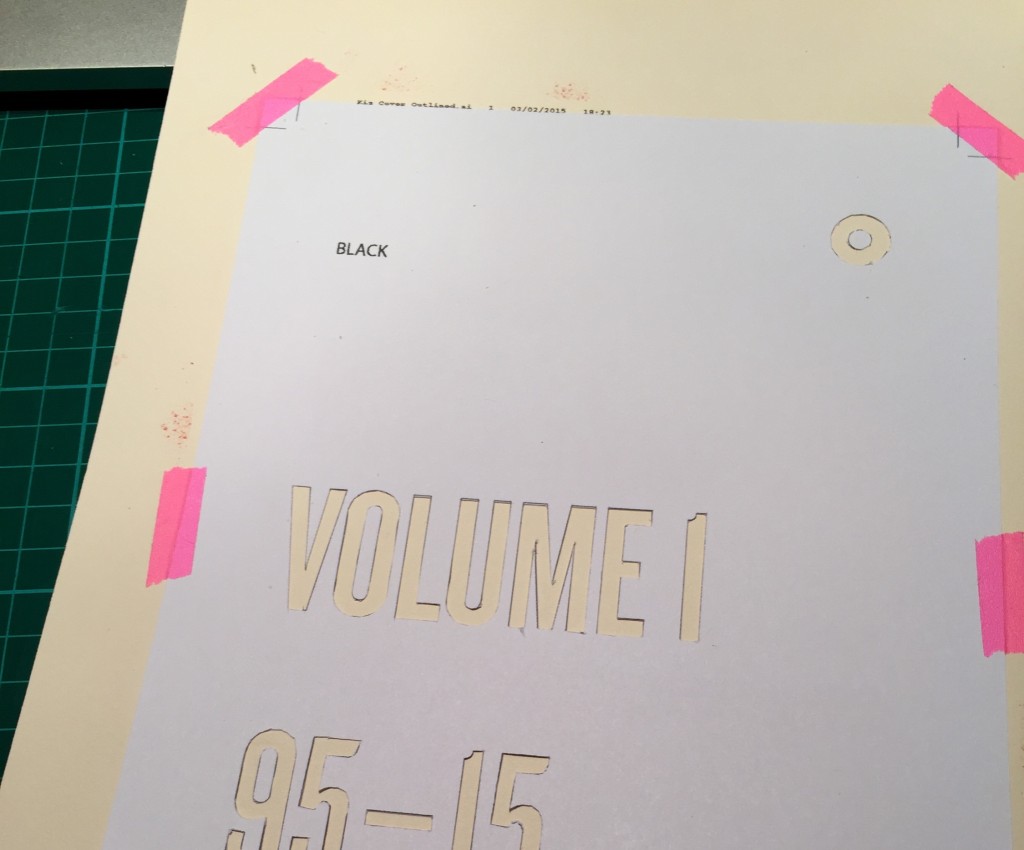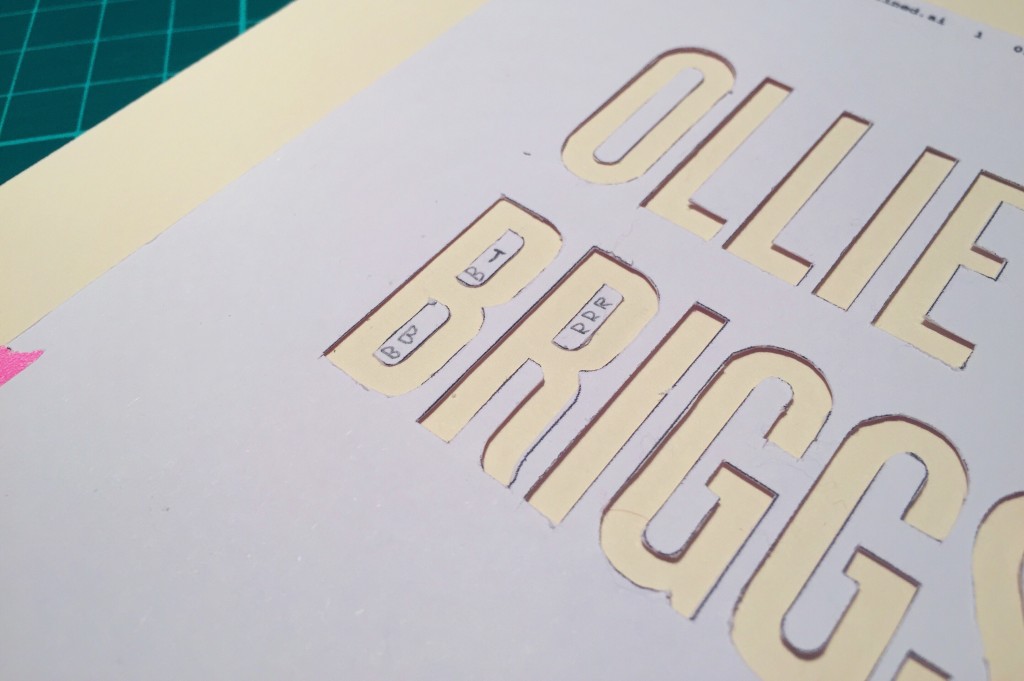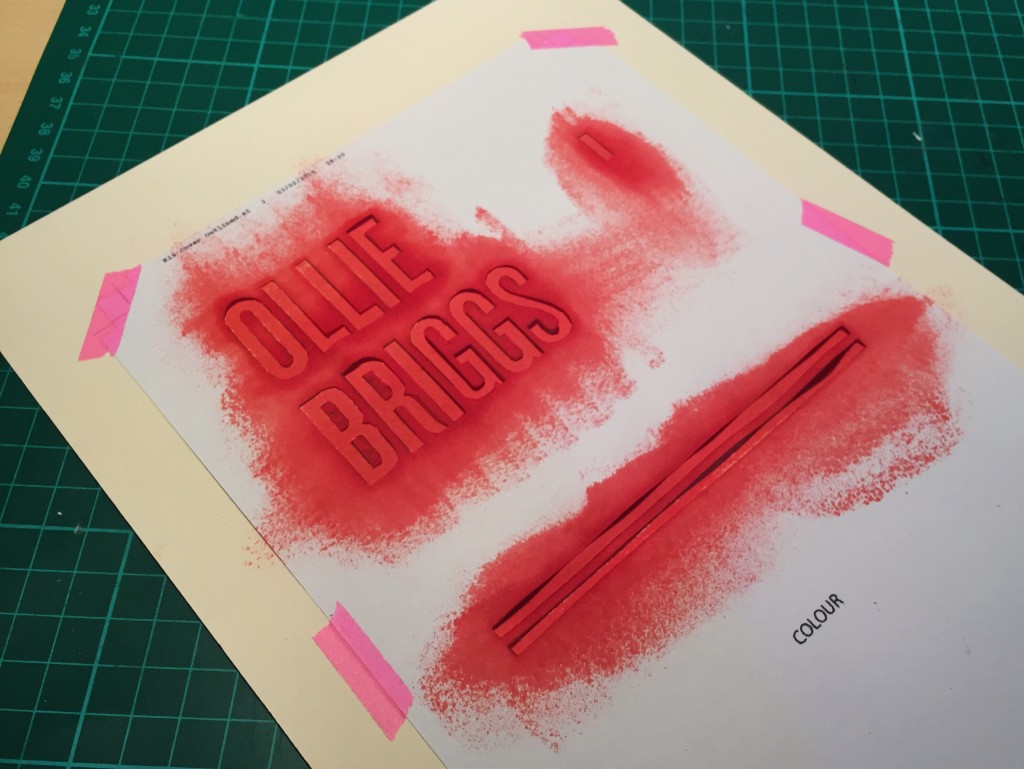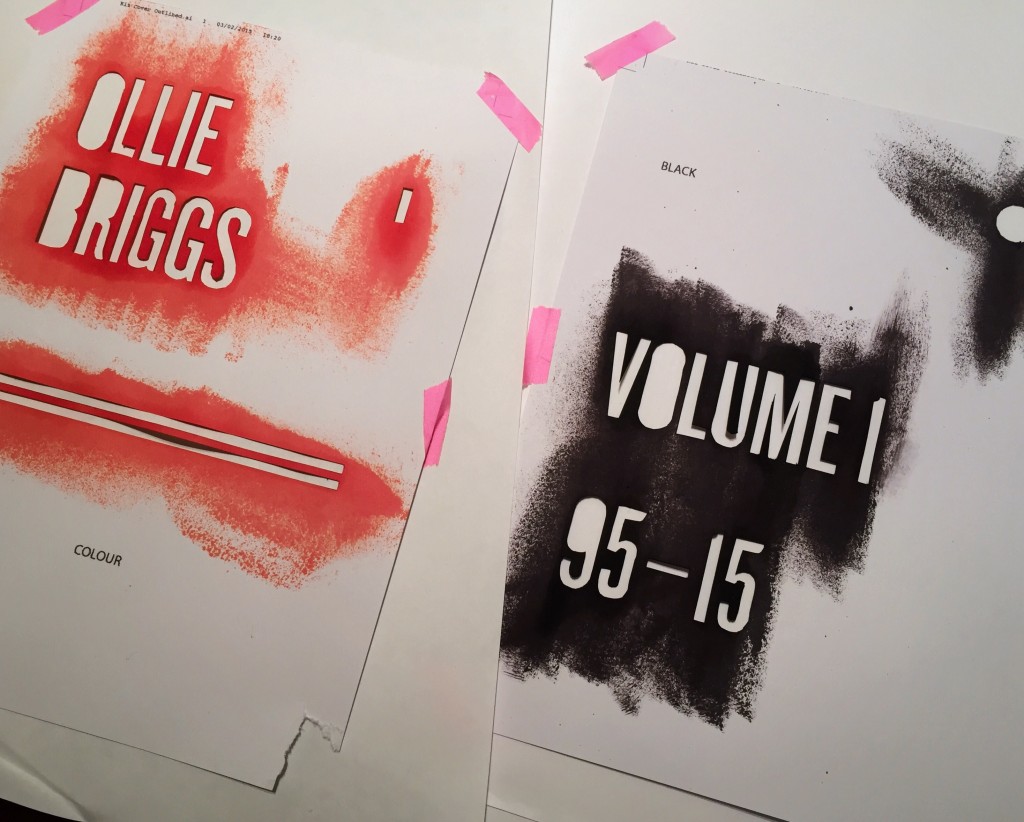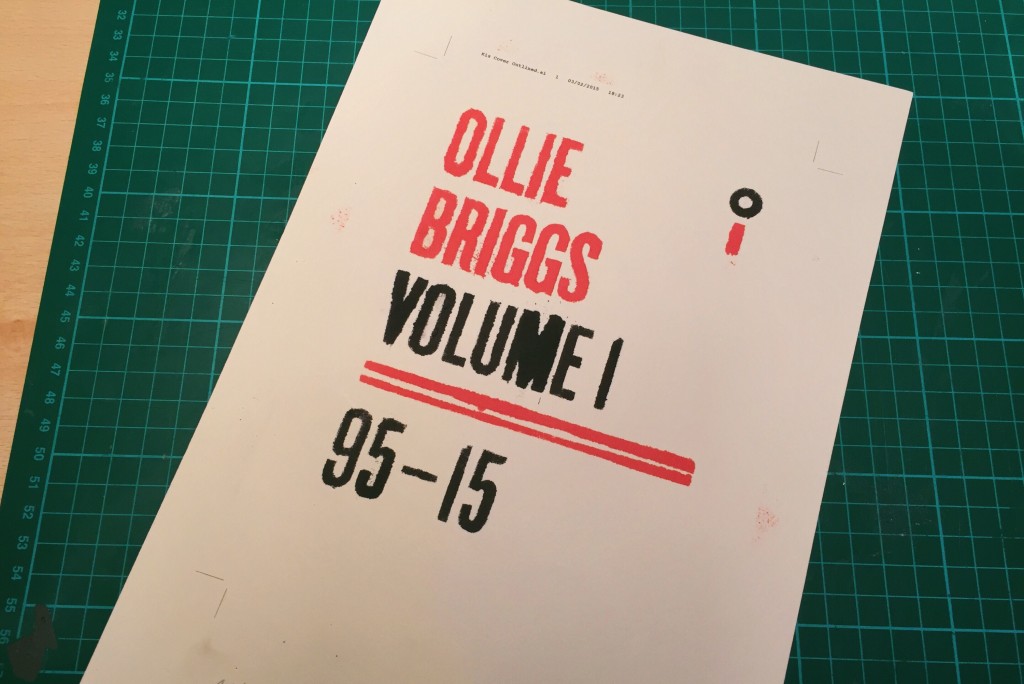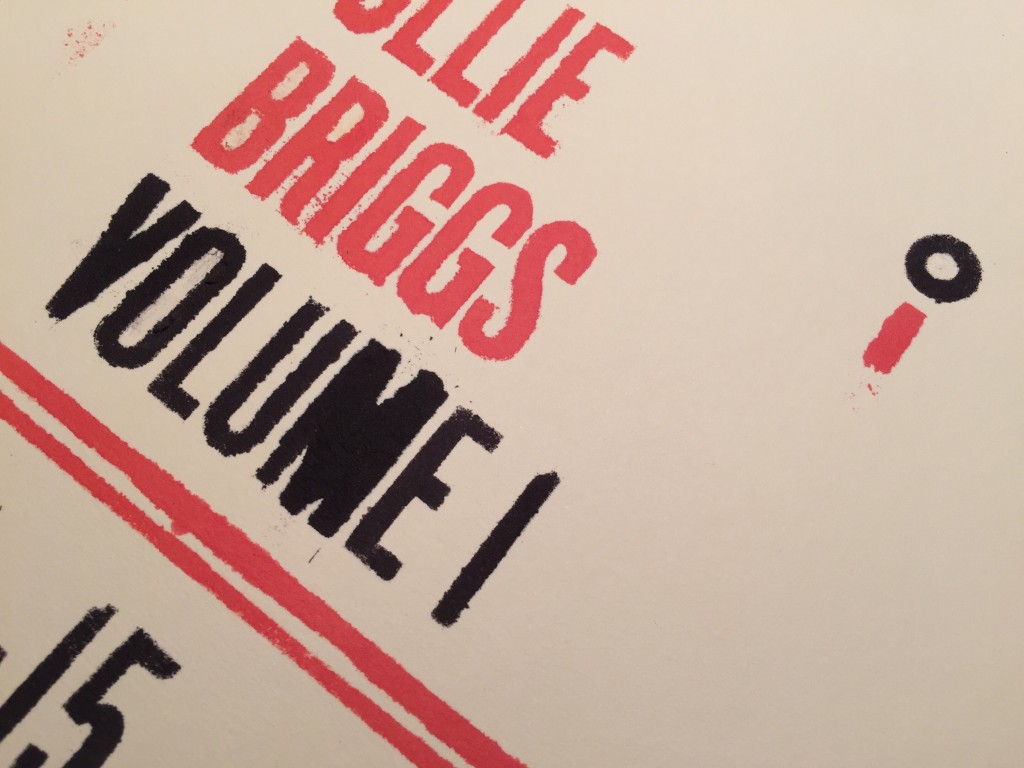27.02.15 — Journal
Eating Food & Catching Trains
So let’s begin the most important thing: food. The other day, as many of you will know, was Pancake Day, and so I decided to eat nothing but pancakes after midday. After about six pancakes, however, I decided to wave a white flag and invite my housemates to join in and help.

Luisa, meanwhile, was delivered some obviously hilarious news, and ended up on the floor alongside the kettle she was using. I only mention this as I found the resulting picture to be a work of art. Check it out:
What was so hilarious that this happened?

This week in uni I have been finishing off and submitting my Principles Of Typography essay plan as well as creating a series of stripe designs for my Design Theory module. As obscure as some found this task, I understood it’s importance in the exploration of design theory, which I am sure to bear in mind whilst I create designs.
Anyway, after a lecture in the infamous Roger Stevens building, I wandered out the wrong door and found myself on a balcony I’d never encountered before, but which offered a lovely view back towards the city.

In less academically demanding news, me and Danni met up for a Laynes Espresso and a lunch date at Trinity Kitchen, and I opted for something a little different – vegetarian steamed buns. These had shiitake mushrooms, cheese and spinach in them, and were served with noodles and tonnes of delicious vegetables. They were delicious. Just take a look how colourful it was!

In a feeble attempt to replicate the deliciousness of this exotic food, I decided to use up some of my taco shells and lettuce, and cooked up a batch of vegetarian chilli using Quorn. Stuffed with this chilli, I added cheese, onion, lettuce and sour cream to create a couple of crunchy tacos.
Okay – so as you have probably gathered I have been eating many things as of late, but I am still keeping to my pescatarian diet. But that’s not all I’ve been up to – I also headed back to Burnley for another research trip (see my first here) to take some more photos to be used in my final outcomes. I’ll leave you with a triad of photos of my town…



